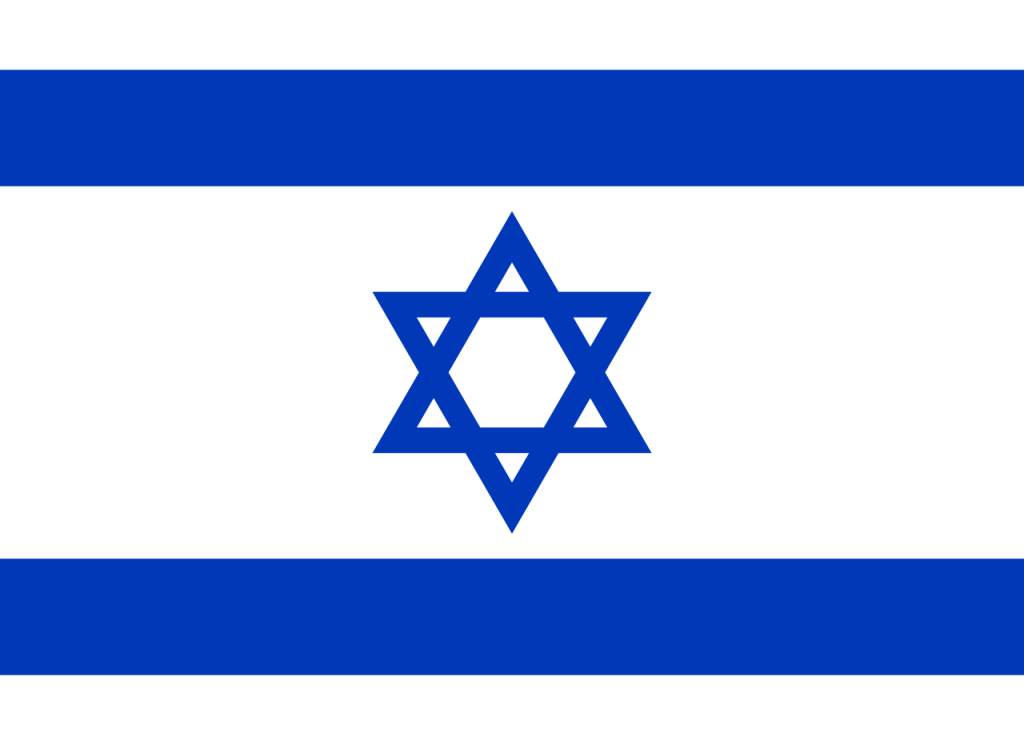
Ketamine Addiction And Treatment in Thailand
Ketamine Addiction
“Turning the impossible into possible”

"Detox from Ketamine at a Luxury Holistic Center in Thailand and Israel"

How to deal with an alcoholic
Ketamine is a powerful anesthetic with dissociative properties, primarily used in medical and veterinary settings. However, due to its unique effects, it has become popular as a recreational drug, leading to misuse and, in some cases, addiction. When used recreationally, ketamine can produce feelings of detachment from reality, hallucinations, and an altered perception of time and space, making it appealing yet risky.
Addictive Potential and Effects
Though ketamine is not as physically addictive as some other substances, it has a high potential for psychological addiction. The drug’s intense and often euphoric effects can lead individuals to seek repeated use, particularly to escape from emotional pain or stress. Prolonged misuse of ketamine can result in a psychological dependence where the user feels unable to function or cope without it.
Consequences of Ketamine Addiction
Chronic ketamine use can lead to several harmful effects on both physical and mental health. It can cause bladder issues, known as ketamine-induced cystitis, leading to pain and potential long-term damage. Cognitive impairments, memory loss, and mood disturbances are also common. In severe cases, users may experience psychosis or intense dissociation, which can disrupt daily life.
Treatment and Recovery
Recovery from ketamine addiction often involves both psychological and medical interventions. Therapy, such as cognitive-behavioral therapy (CBT), helps individuals understand the root causes of their addiction and develop healthier coping mechanisms. Support groups and rehabilitation programs provide a structured environment to help users break the cycle of dependence and rebuild their lives.
"Holistic Center for Trauma, Addiction, and Mental Imbalance Treatment in Thailand"
“Come to the beginning of the journey to freedom from addiction to alcohol, drugs, and pills, and rediscover your life within the quiet embrace of DaoTherapy Rehab in Thailand—where holistic healing meets empowering recovery.”
DaoTherapy Holistic Rehab
Key Elements of Ketamine Detox:
Medical Supervision: Ketamine must be conducted under medical supervision, as the body may experience withdrawal symptoms. These can include nausea, anxiety, muscle aches, and insomnia. A medical team will monitor and manage these symptoms to ensure the patient’s safety and comfort.
Holistic Therapies:
Holistic Therapies: Many detox programs incorporate holistic therapies such as mindfulness, yoga, and meditation to help individuals cope with stress and anxiety during the detox process. These therapies support the mind-body connection and contribute to overall recovery.
Tapering Process
Tapering Process: Ketamine detox often involves a gradual tapering of the drug to reduce withdrawal severity. Doctors will slowly decrease the dosage over time to allow the body to adjust to lower levels of the substance.
Psychological Support:
Psychological Support: Like any addiction recovery process, detox from Ketamine includes psychological support. This can involve counseling, therapy, or support groups to address the mental and emotional aspects of addiction.
Post-Detox Treatment:
Post-Detox Treatment: After completing detox, continuing treatment is crucial to prevent relapse. This often includes participation in ongoing therapy, group support, and the development of new coping strategies to maintain sobriety.
Ketamine Addiction – The Club Drug
In DaoTherapy, we repeatedly encounter addicts, users, and those who “just tried,” hearing the same excuses and justifications time and again. Feelings of loneliness, alienation, emptiness, and stress drive many people today into madness and chaos.
And as expected, psychiatry has also begun using this drug. The medical world, too, is discovering its “advantages” and “benefits” for treating depression. This is the trend—taking drugs and legitimizing them for the global pharmaceutical industry, which has now become the largest drug and cartel dealer in the world.
How did a substance used by U.S. soldiers during the Vietnam War become the hottest drug of Generation Y? How does it differ from other drugs, and what dangers are associated with it?
We are not responsible for addiction—we are responsible for recovery from addiction.
Ketamine is a synthetic anesthetic. Its dissociative properties have made it popular among psychedelic drug users. In Israel, ketamine is classified as a controlled substance, though it is also listed among the psychotropic substances under pharmaceutical regulations.
Initially created as an anesthetic that doesn’t suppress vital bodily functions, ketamine quickly gained a reputation for inducing “lift-off” experiences, and its misuse spread rapidly. In addition to its psychedelic effects, ketamine users experience a range of cognitive disorders and physical pain. At high doses or when mixed with other substances, ketamine can even lead to death.
Ketamine hydrochloride is a chemical compound derived from phencyclidine and works by blocking NMDA receptors associated with the neurotransmitters glutamate and aspartate. These receptors are densely concentrated in brain cells and are involved in learning, memory, and other cognitive functions.
Due to the drug’s action of inducing detachment by blocking brain receptors (as opposed to engaging with a widespread receptor network throughout the body, like other anesthetics), it does not suppress the autonomic reflex system, which includes the heart and respiratory systems. However, it does have the effect of brain activity suppression and memory impairment, as well as a sense of detachment, characterized by painlessness but also a lack of response to environmental stimuli.
At doses lower than those required for anesthesia, ketamine causes disruptions in executive function and explicit memory. Another consequence of NMDA receptor blocking by ketamine is behavioral and psychological disorders resembling schizophrenia.

contact us
Contact us with your questions
We would love to speak with you! Feel free to reach out with any questions.

get in touch
Schedule a free consultation
Schedule a free consultation with our team and let’s make things happen!
The Effects of Ketamine on the Body
The effects of ketamine are similar to those of other dissociative anesthetics. At low to moderate doses, ketamine induces hallucinogenic effects, especially as sensory stimulation decreases. Users enter a dissociative state, experiencing detachment from reality and a sense of losing the “self.” At high doses, ketamine can lead to a complete disconnection from individual identity and perception of reality. Hallucinations are often described as profound and hard to explain, sometimes accompanied by anger and an exaggerated sense of physical strength. Some users may not remember their experiences with ketamine in the same way that one might forget dreams. However, “waking up” from ketamine is gradual and slow. While the hallucinogenic effects generally subside within an hour, impaired judgment and coordination can last for 18-24 hours.
Low-dose ketamine (below anesthetic levels) produces symptoms resembling schizophrenia, including perceptual disturbances, alertness disruption, speech fluency issues, dissociative signs, and short-term memory impairment. Additionally, ketamine use can induce short-term psychosis.
In recreational contexts, often combined with other drugs or substances, ketamine leads to cognitive dysfunction, dissociation, schizophrenia-like symptoms, and pain. These symptoms can occur on the day of use and persist for several days afterward. Users have also reported unpleasant experiences, such as an inability to speak, blurred vision, lack of coordination, and fever, which sometimes lead to reduced dosage or discontinuation.
Many users experience what is known as the “K-hole,” characterized by near-paralysis and an inability to move. Some describe sensations akin to “near-death,” including hearing sounds and ringing, a rapid “journey” through a dark tunnel toward light, a belief they are dying, telepathic contact with God, vivid visuals, and feelings of out-of-body separation. These states can cause anxiety or panic for some users.
A low dose of ketamine (25-100 mg) typically results in immediate psychedelic effects, while higher doses can cause vomiting, convulsions, and reduced oxygen levels in the brain and muscles. A full gram can be lethal.
Long-Term Effects of Ketamine Use
1. Cognitive Impairment: Chronic ketamine use can lead to persistent cognitive issues, including memory loss, difficulties in learning, and impaired executive functioning. These effects may last even after stopping use, affecting the user’s ability to process information and make decisions.
2. Bladder and Urinary Tract Damage: Long-term use is associated with a condition known as ketamine-induced cystitis, which can cause severe bladder pain, frequent urination, and, in extreme cases, irreversible damage to the bladder and urinary tract. This condition may require surgical intervention or even bladder removal.
3. Psychological Dependence: Ketamine is highly addictive psychologically, leading users to rely on it for coping with stress, anxiety, or depression. Over time, this dependence can escalate, making it difficult to experience satisfaction or relaxation without the drug.
4. Mood Disorders and Psychosis: Regular ketamine use has been linked to depression, anxiety, and symptoms resembling schizophrenia. Users may experience persistent hallucinations, paranoia, and delusions, even after stopping ketamine. This psychotic effect can sometimes lead to lasting mental health disorders.
5. Physical Health Issues: Prolonged ketamine use affects not only the brain but also physical health. Users may experience gastrointestinal issues, muscle weakness, and decreased coordination. Over time, the body’s tolerance may develop, requiring higher doses to achieve the same effects, which increases the risk of overdose.
6. Social and Occupational Impact: Due to its dissociative effects, ketamine addiction can lead to withdrawal from social, family, and work responsibilities, contributing to job loss, relationship breakdowns, and social isolation.
7. Risk of Overdose: With prolonged use, the likelihood of overdose increases as users build tolerance, requiring larger doses to achieve desired effects. High doses of ketamine can lead to respiratory failure, unconsciousness, and death.
Long-term ketamine use thus poses significant risks to physical, cognitive, and mental health, underscoring the importance of early intervention and support for those struggling with ketamine dependence.
Main Points to Understand:
1. Ketamine is a synthetic anesthetic with the potential to cause harmful effects on physical and mental health.
2. Ketamine use can lead to damaging effects such as hallucinations, dissociation, lack of coordination, and even critical conditions like oxygen deprivation in the brain and muscles, which can be fatal.
3. Ketamine use varies from low to high doses, and users may find themselves in a state close to detachment from reality.
4. There is a risk of severe and lasting neurological damage, especially when ketamine is used in combination with other drugs or depressant substances.
5. Professional support and specialized treatment are required in cases of addiction or regular ketamine use.
Conclusion: Ketamine use can be dangerous, presenting risks of serious neurological and physical harm.
Methods for Treating Ketamine Addiction
1. Detoxification: The first step in treating ketamine addiction is medically supervised detoxification, where the body is cleared of the drug. Although ketamine does not typically cause severe physical withdrawal symptoms, users may experience psychological withdrawal symptoms, such as anxiety, depression, or intense cravings. Medical professionals can provide support to manage these symptoms.
2. Behavioral Therapy: Cognitive-Behavioral Therapy (CBT) is commonly used to address the underlying causes of ketamine addiction, helping individuals develop healthier coping mechanisms. Through CBT, users learn to identify and change thought patterns and behaviors associated with drug use.
3. Counseling and Psychotherapy: Individual and group therapy sessions can provide emotional support and address issues such as trauma, stress, or mental health conditions that may have contributed to ketamine use. These therapies help individuals process emotions and build resilience to prevent relapse.
4. Medication Management: While there are no specific medications for ketamine addiction, doctors may prescribe medications to treat co-occurring conditions, such as depression or anxiety, which can help reduce the desire for ketamine and aid in emotional stabilization during recovery.
5. Support Groups: Joining support groups like Narcotics Anonymous (NA) or specialized ketamine addiction support groups can provide encouragement and a sense of community. Sharing experiences and connecting with others who have faced similar struggles can be a valuable part of the recovery process.
6. Mindfulness and Holistic Therapies: Techniques such as mindfulness meditation, yoga, and other holistic therapies can support mental well-being, reduce cravings, and improve overall emotional regulation. These methods are particularly useful in managing stress and promoting a balanced lifestyle.
7. Long-Term Follow-Up and Relapse Prevention: After completing a structured treatment program, ongoing follow-up is crucial. Relapse prevention plans, including regular counseling, support groups, and monitoring, help individuals stay committed to recovery and address challenges that may arise.
Effective treatment for ketamine addiction often requires a combination of these approaches to provide comprehensive support, address psychological and emotional needs, and encourage long-term recovery.








